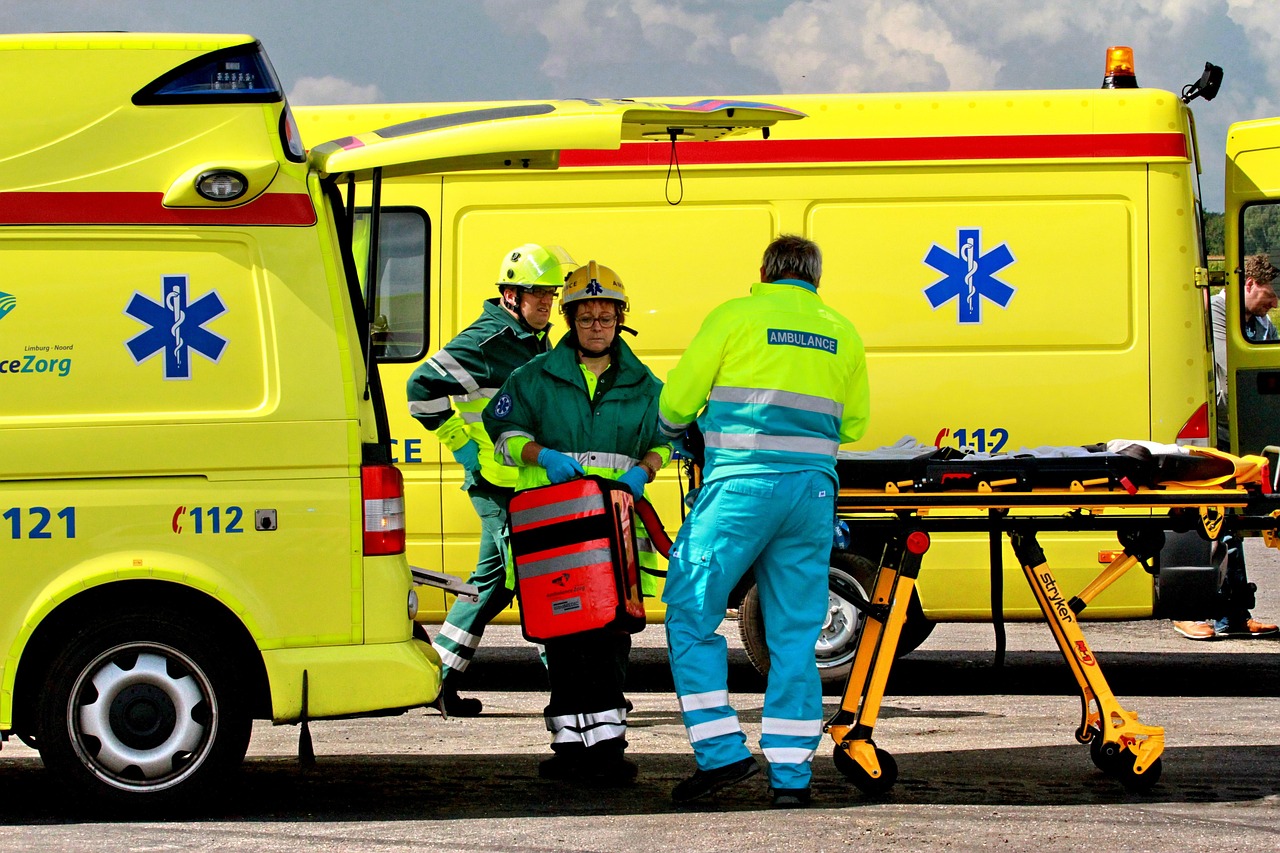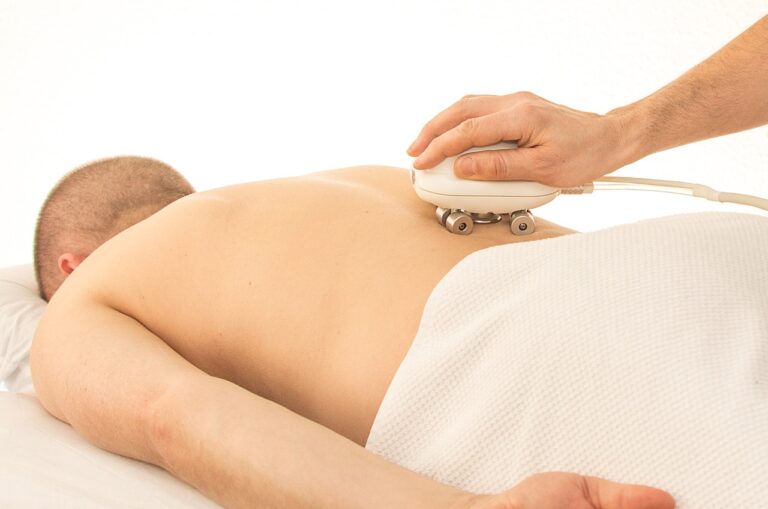Book Appointment Now

Using Mobile Clinics to Extend Healthcare Access in Remote Areas
Access to healthcare remains a significant challenge for millions of people living in remote and underserved areas. Geographic isolation, poor infrastructure, and socioeconomic barriers often prevent individuals from receiving timely and adequate medical care. Mobile clinics, particularly those staffed by nursing units, have emerged as a innovative solution to bridge this gap. These mobile healthcare services bring essential medical care directly to communities that would otherwise struggle to access it. This essay analyzes the effectiveness of mobile nursing units in addressing healthcare gaps, focusing on their impact, challenges, and potential for scaling up.
Our nursing experts can deliver 100% custom paper about the effectiveness of mobile nursing clinics in addressing healthcare disparities according to your order instructions.
Write my nursing essay
The Growing Need for Mobile Healthcare Services
In many remote and rural areas, healthcare facilities are scarce or nonexistent. According to the World Health Organization (WHO, 2020), nearly half of the global population lives in rural regions, where access to healthcare is often limited. This disparity is particularly pronounced in low- and middle-income countries (LMICs), where healthcare infrastructure is underdeveloped, and the distribution of healthcare professionals is uneven (Kruk et al., 2018).
Mobile nursing units address this issue by providing a range of healthcare services, including preventive care, chronic disease management, maternal and child health services, and health education. By traveling to underserved communities, these units ensure that individuals who might otherwise go without care receive the attention they need.
The Role of Mobile Nursing Units in Healthcare Delivery
Mobile nursing units are staffed by skilled nurses and other healthcare professionals who are trained to deliver care in diverse and often challenging environments. These units are equipped with essential medical supplies and diagnostic tools, enabling them to provide a wide range of services.
Preventive Care and Health Education
One of the primary functions of mobile nursing units is to deliver preventive care and health education. Nurses play a crucial role in educating communities about disease prevention, hygiene practices, and healthy lifestyles. For example, mobile units often conduct vaccination campaigns, screen for infectious diseases, and provide nutritional counseling (WHO, 2020).
In remote areas, where health literacy may be low, these educational efforts are particularly important. By empowering individuals with knowledge, mobile nursing units help reduce the incidence of preventable diseases and promote long-term health outcomes.
Chronic Disease Management
Chronic diseases, such as diabetes, hypertension, and cardiovascular conditions, are a growing concern in both urban and rural areas. Mobile nursing units are effective in managing these conditions by providing regular check-ups, medication management, and lifestyle counseling (Douthit et al., 2015).
For patients in remote areas, who may struggle to travel to healthcare facilities, mobile units offer a lifeline. Nurses can monitor patients’ conditions, adjust treatment plans, and provide ongoing support, reducing the risk of complications and hospitalizations.
Maternal and Child Health Services
Maternal and child health is another critical area where mobile nursing units have made a significant impact. In many remote regions, access to prenatal and postnatal care is limited, leading to high rates of maternal and infant mortality (Kruk et al., 2018).
Mobile units provide essential services such as prenatal check-ups, immunizations, and breastfeeding support. They also play a vital role in identifying high-risk pregnancies and ensuring that mothers and infants receive timely care. By addressing gaps in maternal and child health, mobile nursing units contribute to healthier communities.
Challenges Faced by Mobile Nursing Units
While mobile nursing units have proven effective in extending healthcare access, they also face several challenges. These include logistical issues, funding constraints, and the need for sustainable models of operation.
Logistical Challenges
Operating in remote areas often involves navigating difficult terrain, poor road conditions, and limited infrastructure. Mobile units must be equipped to handle these challenges, which can increase operational costs and complexity (Douthit et al., 2015).
Additionally, mobile units may struggle to maintain a consistent presence in communities due to resource limitations. This can hinder their ability to build trust and establish long-term relationships with patients.
Funding and Sustainability
Funding is a major barrier to the scalability of mobile nursing units. Many programs rely on grants or donor support, which may not be sustainable in the long term (WHO, 2020). To ensure continuity, mobile healthcare initiatives must explore innovative financing models, such as public-private partnerships or community-based funding mechanisms.
Workforce Challenges
Recruiting and retaining skilled healthcare professionals for mobile units can be difficult, particularly in remote or high-risk areas. Nurses working in these settings often face demanding conditions, including long hours, limited resources, and isolation (Kruk et al., 2018). Providing adequate training, support, and incentives is essential to maintaining a motivated and effective workforce.
The Effectiveness of Mobile Nursing Units
Despite these challenges, mobile nursing units have demonstrated significant effectiveness in addressing healthcare gaps. Studies have shown that mobile clinics can improve health outcomes, reduce healthcare costs, and increase patient satisfaction (Douthit et al., 2015).
For example, a study conducted in rural Appalachia found that mobile nursing units significantly improved access to preventive care and chronic disease management, leading to better health outcomes for patients (Douthit et al., 2015). Similarly, mobile clinics in sub-Saharan Africa have been instrumental in reducing maternal and child mortality rates by providing essential healthcare services to underserved populations (Kruk et al., 2018).
Mobile nursing units are a powerful tool for extending healthcare access to remote and underserved areas. By delivering preventive care, managing chronic diseases, and addressing maternal and child health needs, these units play a critical role in reducing health disparities and improving outcomes.
However, to maximize their impact, mobile nursing units must overcome logistical, financial, and workforce challenges. Policymakers, healthcare organizations, and communities must work together to develop sustainable models that ensure the long-term viability of these initiatives.
As the global demand for equitable healthcare continues to grow, mobile nursing units offer a promising solution to bridge the gap between healthcare systems and the communities they serve. By investing in these innovative programs, we can move closer to achieving universal health coverage and ensuring that no one is left behind.
References
- Douthit, N., Kiv, S., Dwolatzky, T., & Biswas, S. (2015). Exposing some important barriers to health care access in the rural USA. Public Health, 129(6), 611-620.
- Kruk, M. E., Gage, A. D., Arsenault, C., Jordan, K., Leslie, H. H., Roder-DeWan, S., … & Pate, M. (2018). High-quality health systems in the Sustainable Development Goals era: Time for a revolution. The Lancet Global Health, 6(11), e1196-e1252.
- World Health Organization. (2020). Mobile Health Units: Bringing Care to Remote Areas. Retrieved from https://www.who.int




